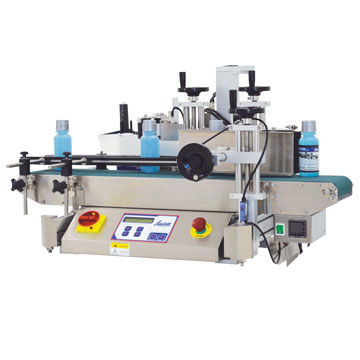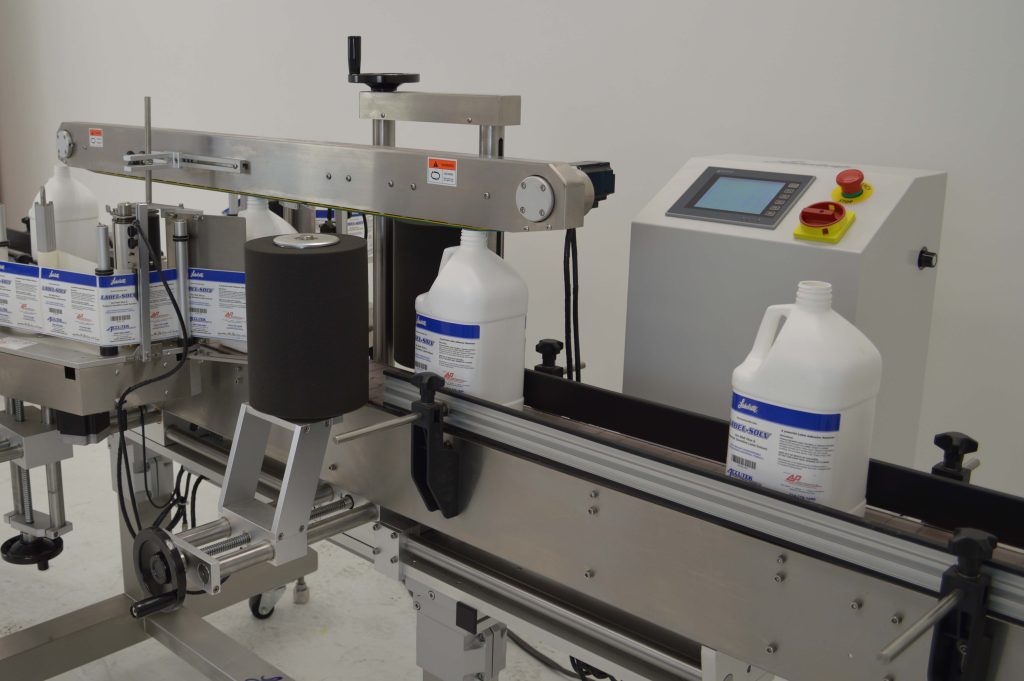Are you having problems keeping your labels on your products? Maybe they’re not sticking on, or they’re flagging, or they’re tearing.
Whatever the case, you need solutions. A labeling machine can help you reach a future of perfectly and consistently applied labels.
Before we get into why a labeler is so beneficial, let’s explore the issue a little more.
Why Your Labels Aren’t Sticking On
There are several possible causes behind why your label may not be sticking onto your container.
One is the temperature of your container. Is it being filled with an especially hot or cold product? That can cause the adhesive to fail. The same can happen if you’re labeling your product in a working environment with possible contaminants present, or the container’s surface just isn’t compatible with the label.
In this case, a labeling machine isn’t actually going to be much help. You’re going to want to talk with your label vendor and discuss getting a new type of adhesive that’s more likely to stay on your container.
The Shortcomings of Applying Labels By Hand
Applying your labels by hand may seem like an appealing alternative to letting a machine do the work. After all, it saves you money and gives you a satisfying, tactile feeling. Each of your products feels more handmade.
However, this opens up your labels to the risk of falling off, whether partially or completely. Why? Because when you touch them, you may touch the adhesive, whether intentionally or otherwise. Moisture, oil, or other substances on your hands can interfere with the adhesive or even form a barrier between the label and the container.
The best way to resolve this issue is—you guessed it—investing in a labeling machine. An automatic or semi-automatic labeler will allow you to apply labels onto your containers completely hands-free.

Things to Keep In Mind With a Labeling Machine
If you do wind up using a labeler for your production needs, then just keep in mind that all of your problems aren’t going to magically go away. Labels can and will still fail to adhere to your container if the labeler isn’t set up right, or it isn’t even the right version of labeler.
If you’re experiencing this issue with your labeler, watch closely as it works to see if you can identify the cause of the problem. For instance, the label may be coming out too fast, or the roll wasn’t properly loaded onto the machine.
Another possible cause may be that the shape of the container itself makes it incompatible with the label. For instance, a container with a tapered shape—meaning that its walls are slightly angled inward or outward—is not a good match for a plain rectangular label.
In that case, you’ll need to go with something like an APS228, which is designed for applying conically shaped labels that can be applied to tapered surfaces. Make sure to consult your label vendor to ensure you receive and use the correct label.
Do You Need a Labeling Machine?
If you’re interested in seeing how a labeler can solve your labeling issues, contact Accutek Packaging Machinery. We’ll give you all the details and walk you through the options to get you on track for a seamless, trouble-free labeling experience.


